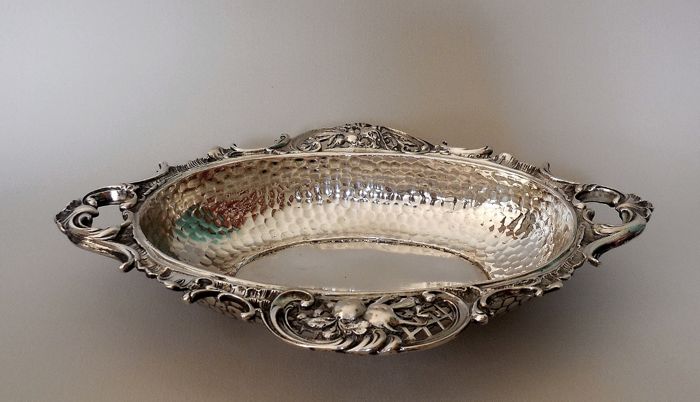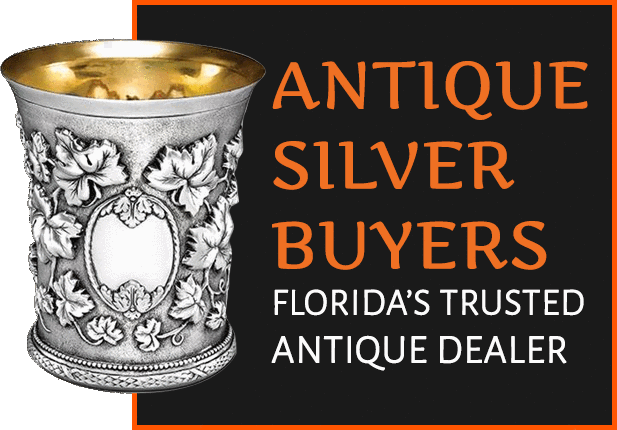The Truth About German Silver: Not Everything That Shines Is Silver. Have you ever picked up a shiny piece of jewelry or admired a shiny set of cutlery and been told it was “German silver”? You’re not the only one who is confused about what that means. Let’s explore the world of German silver and figure out what it is.
The Not-So-Silver Lining: What Is German Silver?
The best part is that German silver isn’t silver at all. I know, I know, it’s like finding out that your favorite “reality” show is fake. But don’t worry; German silver has its own beauty.
Nickel silver, also called German silver (because one wrong name wasn’t enough), is an alloy made mostly of copper, nickel, and zinc. This is how a typical recipe goes:
- 60% copper (the main part, like flour in a cake)
- 20% nickel (the secret sauce)
- 20% zinc (the cherry on top)
But just like any good recipe, these amounts can be changed depending on what you’re making.
Various German silver items showcasing its versatility:
German Silver vs. Sterling Silver: The Showdown
Now, let’s pit German silver against its more prestigious cousin, sterling silver, in a battle of the metals:
| Feature | German Silver | Sterling Silver |
|---|---|---|
| Silver content | 0% (Yep, you read that right) | 92.5% (The real deal) |
| Composition | Copper, nickel, zinc | Silver + copper |
| Value | Low (More “fast fashion” than “fine jewelry”) | Higher (The Beyoncé of silver) |
| Appearance | Silvery, shiny | Silvery, bright |
| Tarnish tendency | Less prone (Low maintenance, like a cactus) | Can tarnish (Needs TLC) |
| Uses | Jewelry, cutlery, musical instruments | Jewelry, silverware, investment |
Visual comparison of German silver and sterling silver:

The Identity Crisis: Real Silver vs. German Silver
Real silver, whether it’s pure or sterling, has real silver metal in it. German silver is like that friend who always dresses up as a celebrity at costume parties. It looks like the real thing, but it’s not.
Is it safe to wear German silver jewelry?
In general, it’s safe to wear German silver jewelry. But if you’re allergic to nickel, which is a common allergen, you might want to be careful. It’s like milk; most people are fine with it, but some should stay away.
The Tarnish Test: Does German Silver Get Tarnished?
For those of us who don’t want to spend a lot of time cleaning, German silver is less likely to tarnish than real silver. It stays shiny with little effort, just like plastic plants do. But over time, it can develop a patina that some people like because it gives it a vintage look.
What Makes Pure Silver Different from German Silver
Think of pure silver as a fragile, high-maintenance supermodel and German silver as a strong, dependable character actor. Here’s how it breaks down:
- Pure silver: 99.9% silver, soft, and very valuable
- German silver: 0% silver; harder because of copper and nickel; valued for its looks and durability
Comparison of Pure Silver and Sterling Silver compositions:

Show Me the Money: Is German Silver Worth Anything?
German silver isn’t going to help you retire early, let’s be honest. It is useful, long-lasting, and cheap, which is what makes it valuable, not the fact that it could be a nest egg.
Jack of All Trades: What You Can Do with German Silver
You can find it in:
- Jewelry and costume jewelry (for that champagne look on a beer budget)
- Flatware and cutlery (who wants to have a fancy dinner party?)
- Musical instruments (playing the high notes on flutes and saxophones)
- Decorative items and hardware (because even doorknobs should look nice)
- Parts that are electrical and mechanical (it’s not just a pretty face)
An ornate German silver dish showcasing intricate craftsmanship:

The Silver Lining (Pun Intended)
German silver may not be “real” silver, but it’s a useful alloy with its own strengths. It was made in the 1800s as a less expensive alternative to silver, and it has been making our lives shine ever since.
The production process of German silver:

The next time you see German silver, you can appreciate it for what it is: a strong, beautiful, and cheap metal that adds a touch of silver-like class to everyday things. German silver may not be the precious metal its name suggests, but it is definitely worth talking about in the world of alloys.
Keep in mind that not everything that shines is silver, and that’s okay sometimes. You don’t have to be precious to be valuable, as German silver shows. Excuse me, but I have to go polish my German silver doorknobs now. They may not be real silver, but they still need to shine!
Curious to learn even more? Check out this detailed guide on what German silver really is.







